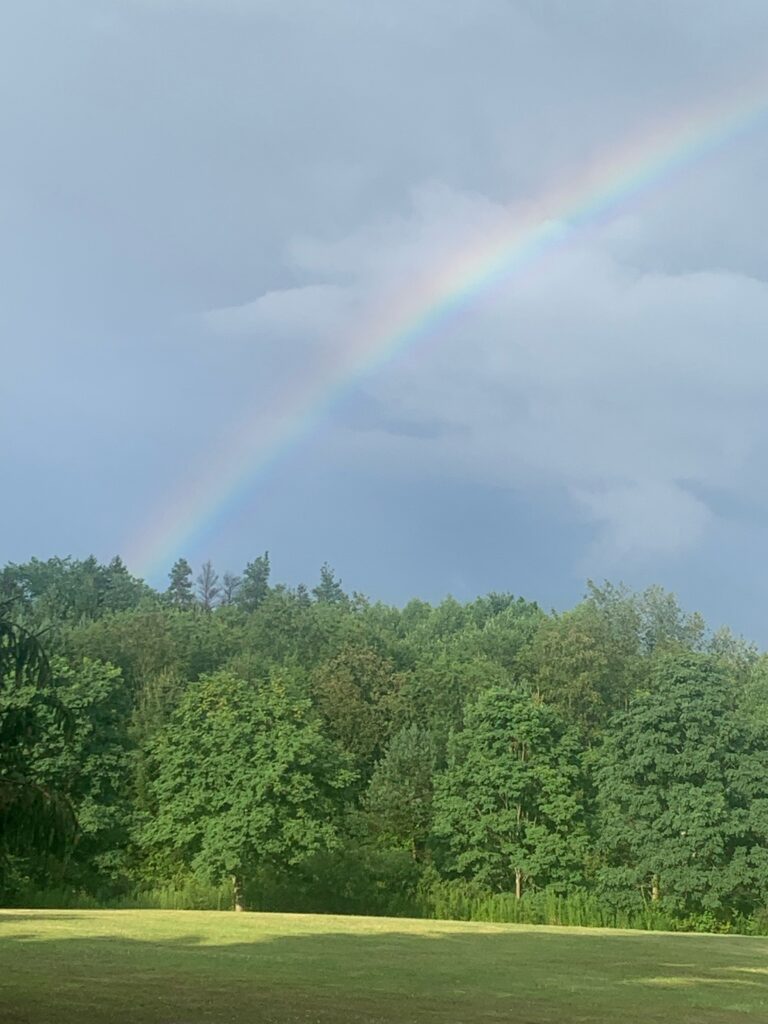(You can call me biased if you like [yes, I am a Fellow at Brownstone as well as a published author there], but it is of no matter because the site speaks for itself on its robust, daily coverage of many things important. Give it a look-see here.)
Anyway, regarding the Murthy v. Missouri aftermath, I’m hearing a lot of confusion about the ruling and its implications on Americans’ everyday lives, so I’m going to explain it here to help clear up the misconceptions that abound. Much of the confusion stems from the Court’s discreditable use of the myth, the legend, the lie of standing as their reasoning in deciding Murthy. More on standing later, but first, a bit of history on this case is needed.
The Case
Originally known as Missouri v. Biden, the lawsuit was brought in 2022 by two states (Missouri and Louisiana) and some intrepid individuals, a couple of whom are colleagues of mine including Dr. Jay Bhattacharya (a Stanford University professor), Dr. Aaron Kheriaty, Dr. Martin Kulldorff (of Harvard Medical School), The Gateway Pundit’s Jim Hoft, and a health activist named Jill Hines. The essence of the lawsuit is that the plaintiffs are challenging the Biden Administration’s blatant obstruction of their First Amendment right to freedom of speech. They argue that the federal government colluded with Big Tech companies such as Facebook, Twitter, etc., during the pandemic to silence those who were questioning the government agenda, their protocols, their data, and so on with regard to the pandemic. Of course, the government argues they were working with the social media giants to moderate content in order to stop “misinformation,” whatever that is. You know, to keep you safe. And healthy. Uh-huh.
Anyway, as part of the lawsuit, plaintiffs asked the court to issue a preliminary injunction against the government actors to prohibit them from continuing to censor whilst the lawsuit wound its way through the courts (something that typically takes years). To obtain a preliminary injunction, a plaintiff must prove, in essence, that the defendants’ harmful actions are ongoing or imminent and likely to continue to occur or recur signaling that plaintiffs would likely prevail in the end. The trial court (also called a District Court since the case was filed in federal court) ruled in favor of the plaintiffs and issued the preliminary injunction. In so doing, the court basically told the Biden administration that it was prohibited from communicating with the defendants and trying to censor plaintiffs.
In his 155-page ruling, which he cleverly issued on Independence Day last summer, District Court Judge Terry A. Doughty was meticulous in his analysis of the situation. Furthermore, in order to issue that temporary halt of illegal government actions, Doughty had to consider the merits of the case to some extent. Were plaintiffs likely to prevail at trial in the end? He was clear in his opinion about the answer to that question when he wrote,
If the allegations made by Plaintiffs are true, the present case arguably involves the most massive attack against free speech in United States’ history.
That is a very powerful statement indeed.
Click HERE to continue reading on the Brownstone Institute.

